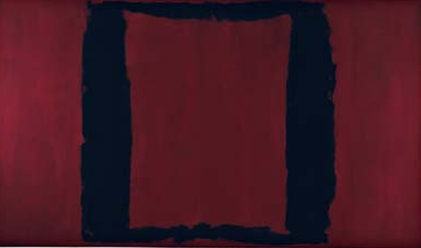THE TATE Gallery Liverpool opened last year, you may recall, in a blaze of publicity. It rained most of the evening, while performance artist Bruce McLean made an exhibition of himself out on the waters of the Albert Dock with a piece called 'The Invention of Tradition.' But that didn't seem to matter; we had been in on the birth of the Liverpudlian cultural renaissance.
It was raining again when I went back to Liverpool last week to check on the progress of the institution. But on a cold, wet day in January, the place seemed, somehow, less appealing than it had done on that cold, wet day back in May. The two exhibitions on the ground floor, devoted to Mark Rothko's Seagram mural project and to Surrealist art, were as they had been when the museum opened. 'Starlit Waters', its inaugural temporary exhibition, had been replaced by an exhibition of art by handicapped children which, although extremely lively and worthwhile, is not quite the sort of thing that seems likely to establish the Tate Liverpool at the forefront of the contemporary art world. The floor above was taken up by a display of twentieth century British sculpture from the Tate's permanent collection which opened several months ago but has received virtually no media coverage.
The museum's director and his deputy, Richard Francis and Lewis Biggs, adopt the immediately defen-sive attitude you might expect of men who have been landed in the position of having to trim and rationalise departments and exhibitions programmes before they have even been established. 'The truth is,' says Fran-cis, 'that we did get off to a flying start, and we accepted that things would have to quieten down for a bit afterwards.'
That is an understatement. The Tate Liverpool has already had to shelve plans...


